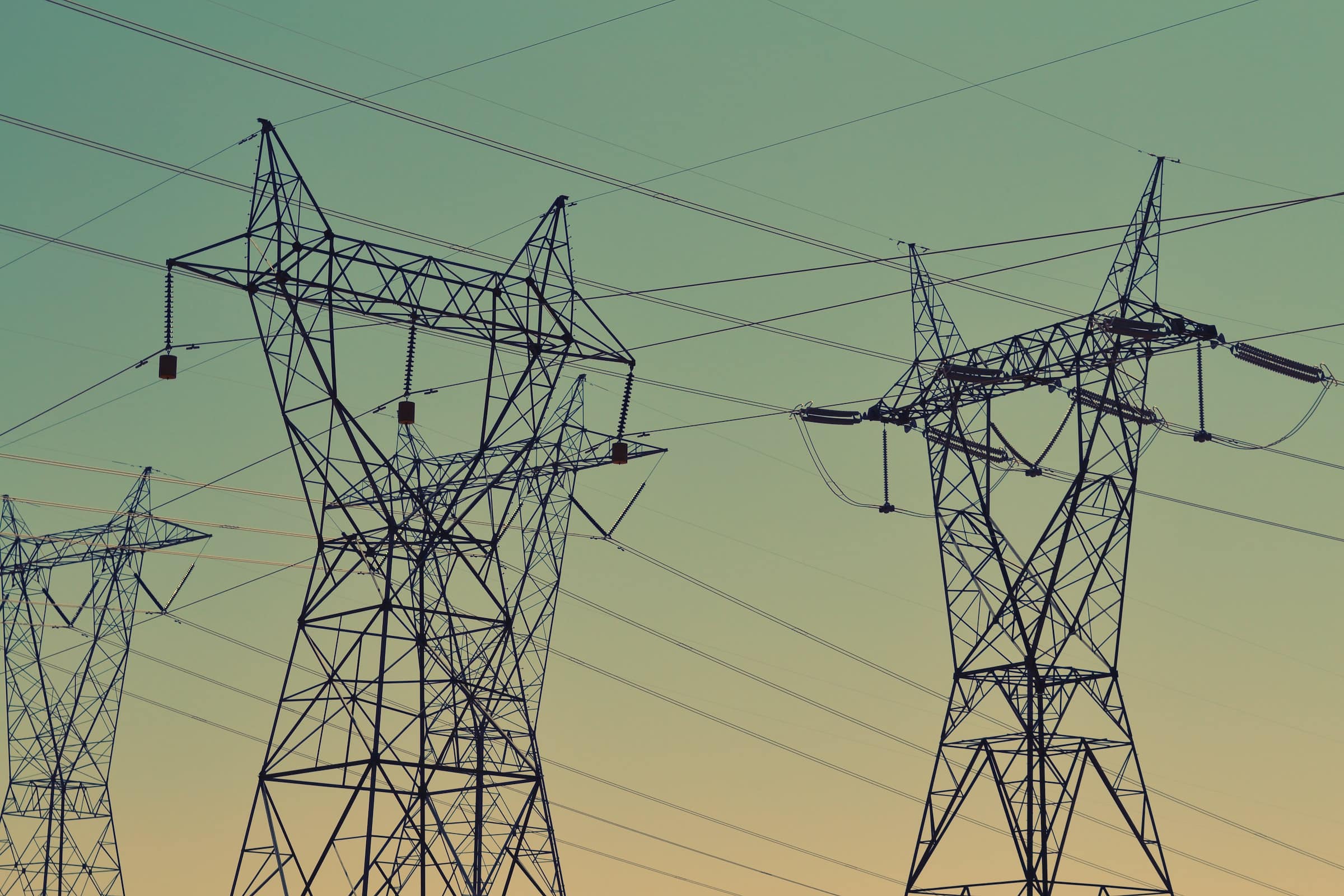Order 1000 Addresses Hurdles in Planning Processes and Cost Allocation
This article was originally published on AmericanProgress.org
It takes a special person to fully understand all 620 pages of the Federal Energy Regulatory Commission’s new Order Number 1000, “Final Rule on Transmission Planning and Cost Allocation by Transmission Owning and Operating Public Utilities.” Most likely that special person is a very well-compensated lawyer. Regular people only need to understand that this is likely the most progressive clean energy action the federal government will take this year. Order 1000 will fundamentally improve the way new transmission lines are planned and paid for, resulting in thousands of miles of new lines that will bring renewable energy to your house.
First, a little background on why new transmission lines are important. Renewable energy companies face a challenge that’s universal to businesses that create a product: getting the product from the production site to the customer. Some businesses are able to address this challenge by locating their production site near existing transportation resources. A small factory, for example, can be placed next to a railroad spur or near a highway exit. Other businesses are constrained by location but are served by infrastructure that’s been built over the last century. Indeed, grain farmers in the Great Plains can access an extremely well-developed railroad system.
Renewable energy, though, is unique. You can only build wind farms where the wind blows and solar arrays where the sun shines, but this isn’t necessarily where transmission lines exist. So to power our country with renewable energy, we’ll need to build new transmission lines to get that power to market.
FERC’s new rule does two big things that will lead to new transmission lines: It strengthens regional planning processes and clarifies rules on who will pay for new lines—so-called “cost allocation.”
Cost allocation is complex but the fundamental issue is simple. If a new transmission line costs $1 billion, it would be prohibitively expensive if one person had to bear all of the costs. If 10 million people pay for the project, though, it becomes much more affordable. This is why broad cost allocation can make it easier to build important new lines.
Planning processes are similar. When a region develops a plan for building new transmission, it prioritizes lines that meet certain goals. FERC’s rule instructs planners to consider certain goals, which will change which lines are prioritized. Ultimately, Order 1000 will give more priority to lines that serve renewable energy and will make those lines more affordable.
The rule also includes a more technical third part about how to decide who gets to build and profit from new lines. This is important but outside the scope of this column.
The most interesting theme throughout the rule is that FERC has codified a new type of benefit from transmission: public policy benefits. That is, transmission lines that make it easier to achieve the goals of a public policy—say, a state renewable energy standard—have a clear public benefit that should be considered in planning and cost-allocation processes.
Before FERC issued Order Number 1000, planners only considered two benefits of new transmission. They looked at whether a new line would have a reliability benefit (it reduced outages by strengthening the grid) or an economic benefit (it led to reduced electric rates by increasing open competition in power markets). Planners’ chronic underestimation of the benefits of transmission held back urgently needed investments in the grid for decades. Adding public policy benefits to the two previously recognized benefits adds another reason why it’s important to build new lines that will help us move toward a clean energy future.
The new FERC rule will help build critical new transmission lines. Let’s consider how the rule impacts a specific project.
The Atlantic Wind Connection is an incredibly inventive new line proposed off the shore of the mid-Atlantic states. Think of this project as a power strip on the ocean floor 15 to 25 miles offshore, running approximately 300 miles from New Jersey to Virginia with connections to the mainland at several locations. Individual wind farms would then simply “plug in” to the strip rather than building their own cable to shore. FERC Chairman Jon Wellinghoff recently called AWC “one of the most interesting transmission projects I’ve ever seen walk through the door.”
The AWC will be expensive with a cost of more than $5 billion, which is not surprising for a project this ambitious. This project may not make sense if only the traditional economic and reliability benefits are considered because the sum of those benefits may not outweigh the costs. Indeed, PJM Interconnection—the transmission grid operator in the mid-Atlantic—would be challenged to justify the project based on these benefits alone.
But the public policy benefits of this project make it extremely desirable because the AWC line will enable states to cost-effectively meet renewable energy standards with offshore wind. So when economic, reliability, and public policy benefits are all considered, the AWC makes sense.
Projects like the AWC also will provide many benefits beyond those FERC now recognizes. Economic development benefits, for example, though a huge part of the clean energy economy, are still not recognized by FERC. If the AWC goes forward, the mid-Atlantic states will see new economic activity and jobs related to the offshore wind industry in construction and in design, engineering, and manufacturing.
While FERC wants planners to consider all beneficiaries for new transmission, Order 1000 is also about consumer protection. FERC’s rule protect customers in two ways: from “free riders” who receive benefits without paying for them and from paying for transmission from which they receive no benefits. By expanding which benefits can be considered, FERC is ensuring everyone who benefits from a transmission line will help pay for it. Overly narrow calculations of benefits used by transmission planners for decades have forced small groups of renewable energy developers and ratepayers to bear the full costs of transmission lines that benefit much larger groups of ratepayers who are asked to pay nothing. In many cases, this unbalanced cost allocation has prevented lines from being built. At the same time, FERC’s new rule clearly states that ratepayers receiving no benefits from a line cannot be forced to pay for it.
FERC’s careful attention to both problems—allowing people to benefit from lines without paying for them and forcing people to pay for lines from which they do not benefit—should satisfy concerns expressed by some in Congress during legislative debates that preceded FERC’s rulemaking. Sen. Bob Corker (R-TN) introduced legislation in 2009 that would have imposed a new and unprecedented test for allocating costs for building new transmission lines based on “measurable economic and reliability benefits.” The “measurable” standard goes in the opposite direction of FERC’s rule—further narrowing benefits that are already too narrow and likely choking off urgently needed transmission investments completely.
The transmission grid’s complex and dynamic nature makes such precise measurements impossible and would thus make Sen. Corker’s proposed standard unworkable and arbitrary. Most importantly, the legislation is unnecessary since FERC clearly listened to the supporters of the legislation and addressed their concerns in the final rule. Cost allocation will proceed on a regional basis, and costs will not be allocated to those who don’t receive benefits.
FERC’s new rule is a valuable contribution to the clean energy economy. Two years ago, CAP’s John Podesta, Kate Gordon, Bracken Hendricks, and Benjamin Goldstein laid out a framework for three things that will drive clean energy deployment: market demand, financing, and infrastructure. FERC Order Number 1000 addresses the infrastructure challenge by enabling the transmission lines that will make it possible to deliver renewable power to customers.
It’s time for the rest of the federal government to follow FERC’s lead. Most important, Congress needs to pass a clean energy standard, which would move the country toward generating 80 percent of our power from low-carbon sources. This would create the necessary market demand. At the same time, Congress can also meet the renewable energy industry’s unmet financing need by creating a Clean Energy Deployment Administration, which would provide a suite of financial products to help renewable energy projects attract capital.
FERC Order Number 1000, a clean energy standard, and a Clean Energy Deployment Administration don’t sound especially sexy. When taken together, though, these are the building blocks of the clean energy investment agenda. FERC has done its job in driving this agenda and now Congress needs to take the next step.
Richard W. Caperton is a Senior Policy Analyst at American Progress.


